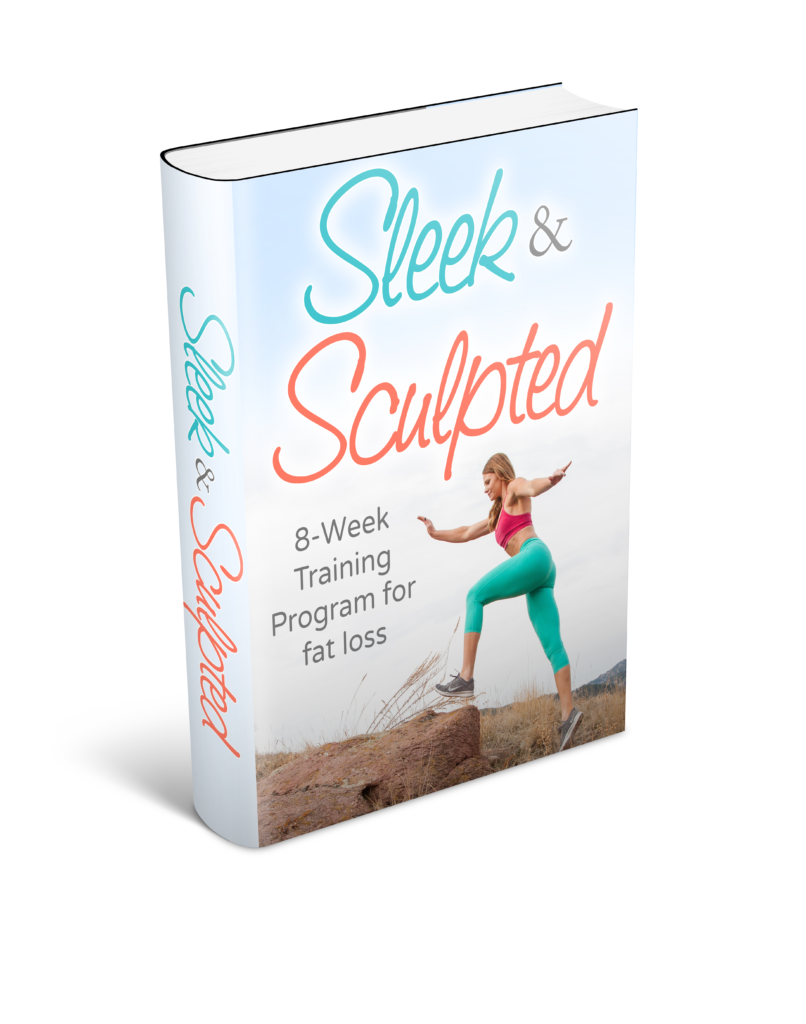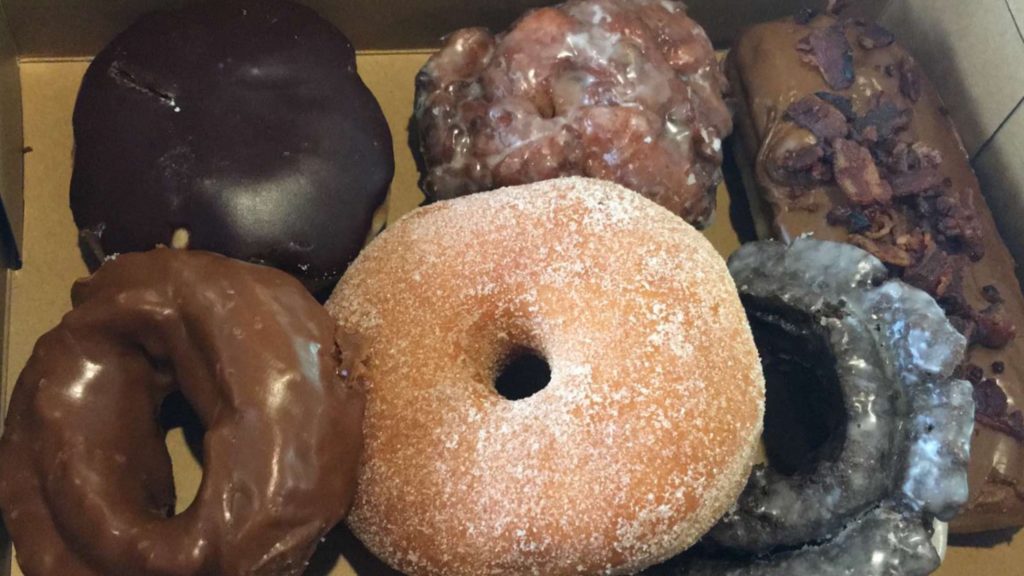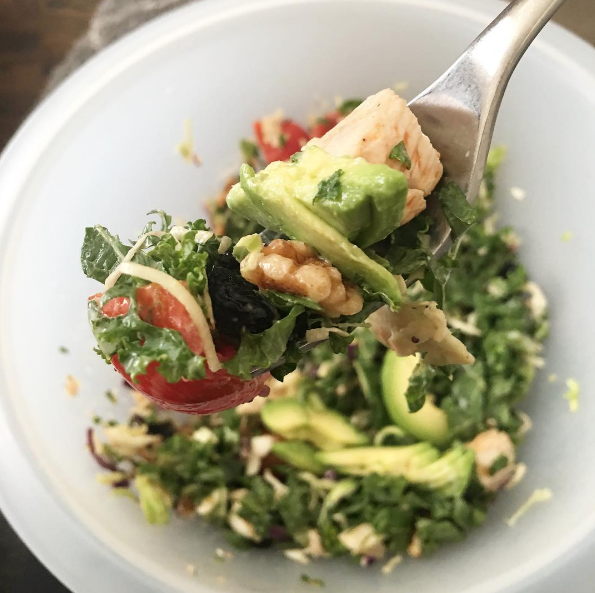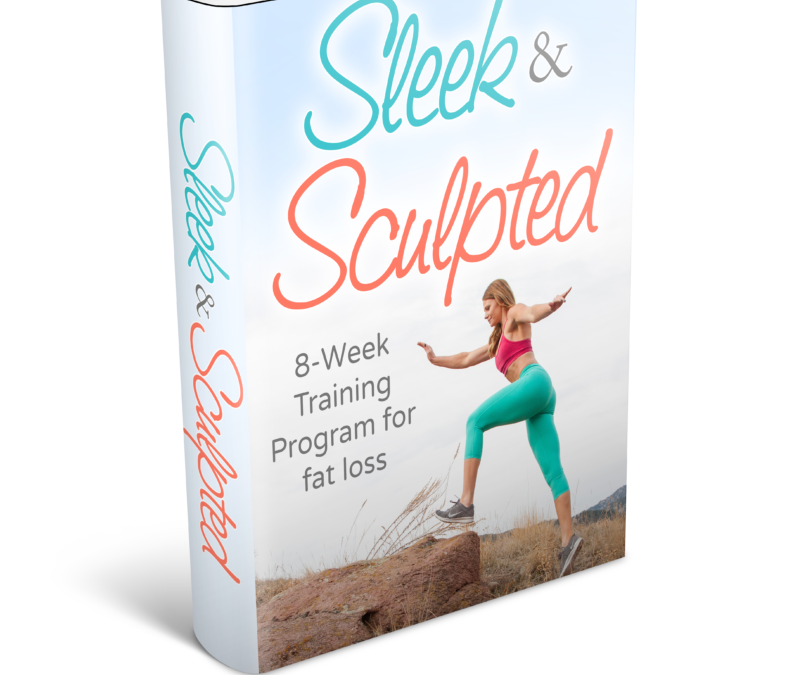Some thoughts and discussions from me.
(and a host of other things!)
Before we dive into today’s post, I have a couple housekeeping topics to quickly run over.
#1. My sale on Sleek & Sculpted ends tonight! If you haven’t heard, the dumbbells-based 8-week training plan I released last May is on sale for $27 — which is a complete steal. Many of you have taken advantage on this 8-week metabolic training program comprised of strength workouts, HIIT workouts, SPRINT wods, and mobility wods — with no repeated workouts. If you haven’t now’s your last chance 🙂 You can grab it HERE.

#2. Many of you reached out to me after last week’s post and said that you’d really enjoy a blog post on how Shane and I made some changes to try and help get pregnant. It will be a vulnerable post, especially since I was so quiet about our journey toward this step, but I’m happy to share it. I’m hoping to have it up by Friday, but…more realistically by next Monday 🙂
Ok, on to today’s topic – CARBS!
How Carbohydrates Help with Fat Loss
Eating carbohydrates, while not essential to man’s existence, is very beneficial for a host of reasons, including workout performance, body composition manipulation (i.e. fat loss while staying anabolic,) and metabolic flexibility.

However, a few important factors to consider for eating carbohydrates is:
- When you’re eating those carbohydrates
- What type of carbs you’re eating, and
- How much you’re eating
Let’s break it down.
The When
If we ate carbohydrates all day long, our body would be in a permanent state of burning carbs, or glycogen for fuel. While this is the case with many Americans, it’s not so great for fat loss, because it constantly requires insulin to spike throughout the day.
As soon as we eat carbohydrates, our body shifts out of burning fat for fuel, ands starts burning glucose for fuel. This is fine — but only at certain times of the day is it good for fat loss.
The goal is to have optimal insulin sensitivity, so that when we do eat carbohydrates, our body effectively puts them to use, rather than stores them for fat.
How to achieve that goal is by opting for meals without carbohydrates during certain times of the day. The exception here is those who are already very lean, and who are looking to add mass to their frame.
My clients have several meals throughout the day when their menu calls for carbs, and several when it calls for no carbs (aside from fibrous veggies.) One said time for carbs is typically post-workout — or at least within three hours of a heavy lifting workout.
When you time your carbohydrates can also have a very positive effect on serotonin release, which will help with sleep. Sleep is one of the heavy hitters when it comes to fat loss, but also to your immune system, hormonal regulation, and health in general.
I firmly believe that nutrient timing – specifically with carbohydrates – is second only to total intake when it comes to getting fat loss results.
The What
If you’ve worked with me within the past year, you know that fibrous veggies, while technically carbohydrates, don’t “count” as carbs in my programs.
Yep — fibrous veggies are FREE.

This is because not only do I want my clients to flood their bodies with nutrients, but it also helps to decrease inflammation and detoxify the body. Equally important, fibrous vegetables don’t contain enough glucose to spike insulin, and allow the body to continue burning fat for fuel.
Aside from veggies, we have complex carbohydrates, simple carbohydrates, and then we also have another category — fruit, which mostly contains more fructose than glucose.
Most meals that call for carbs will call for complex carbohydrates, while some, like post-lifting workout, will fare better with quicker carbs, as it’s during this time that we actually want that spike in insulin. This decreases cortisol, and allows faster and more efficient transport of said carbohydrates into the muscles. It also helps to shuttle amino acids from any protein eaten into the muscles.
How Much
How many carbohydrates you’re eating depends on a few things. These are the determining factors I use with my Lean Body Boot Camp clients:
- age
- weight
- height
- body fat percentage
- level of desired aggressiveness when it comes to fat loss
- years training
And of course, your goals play a big part – but most of my clients are those who are looking to decrease body fat.
Another factor that comes into play is your current diet, or what your current macronutrient consumption looks like. For my LBB clients, we all start out with a carb depletion phase, and then adjust twice from there based on a couple standards, as well as their stats above, consistency, and progress.
For my one-on-one clients, I go a little further in depth, using answers from a lengthy client consultation questionnaire I have them fill out. However, with all my clients, there is a large amount of customization (and not just that of which gets plugged into a calculator/formula) that goes into adjustments.
It also depends on the type of training you’re doing. For example, someone’s carbohydrate intake who lifts two times week and walks the other days will look very different than someone who lifts 4-5 times per week, and supplements with HIIT.
Carbohydrates are an integral part of good nutrition, especially if you’re active, but when it comes to body composition (and workout performance,) it all comes down to when, how much, and what kind of carbs you’re eating.
I’ve gotten several inquiries lately about working with new clients — specifically with my lean body boot camp. Since Baby K is due next month (whaaa?) I am no longer taking on new clients for the remainder of the year. However, I have something really exciting planned for later this month to keep your gym workouts fresh, and will be releasing an ALL new Lean Body Boot Camp program in January. I’m already excited for it– it’s going to be LEGIT.

